How 360Giving data is used in UKGrantmaking
Brought to you by:

UKGrantmaking draws on official sources of data about charities, taken from UK regulators, to present a more complete picture of grantmaking in the UK. By taking information from charity regulators and grantmakers’ accounts, we can understand the size and shape of grantmaking sectors, and how they have changed in a given period. We look at every grantmaking organisation it’s possible to identify data for – and in 2022-23, there were over 12,000 of them.
What makes UKGrantmaking unique, however, is that this overview is complemented and deepened by analysis of grants data, providing insights that were not possible before a critical mass of grants data became available through 360Giving. When funders publish using the 360Giving Data Standard, they are sharing their grants in a consistent format so they can be viewed and analysed together. Their commitment to sharing data in an open and comparable way allows us to learn more about recipients and see patterns of grantmaking.
What can grants data tell us?
Our 2024 analysis was based on about 87,000 grants awarded to organisations and groups between April 2022 and March 2023. Every 360Giving grant record includes information about the amount, the award date, the recipient, and the description of the grant. This baseline of required information about the “who, what, when, and how much” of each grant makes it possible to explore the size of grants and the differences between grantmaking segments. For example, we were able to show that National Lottery distributors gave the highest proportion of grants to small charities with an income of under £1m, and that community foundations supported more local charities than any other type of grantmaker.
When a grant record identifies the recipient organisation using a charity, company, or other unique reference, we can link it to other data available about that recipient. This unlocks a wealth of information from official sources, which helps us to better understand the types of organisations that receive funding.
For recipients identified using charity numbers, we can match their 360Giving data to charity regulator records to see which communities they serve, the themes they work on, and their income size. This is what made it possible to say that in 2022-23, most grants awarded to charities were under £10,000 and that the majority of charity recipients were small, with over 77% reporting income under £1m.
Analysing grant recipients also reveals the links between funders, showing the overlap between the different kinds of grantmakers that make up the funding ecosystem. This is visualised in the diagram below, where the thicker the chord, the more recipients the funders have in common.
In the 360Giving Data Standard, we don’t require people to share location data – although we recommend that they do so. As a consequence, many funders share information about where the recipient is registered, but most grant records do not include information about the intended area of benefit for grants. This meant that in 2024, we weren’t able to analyse the data for where the funded project was being delivered, and instead looked at the geographical scope of the recipient organisation based on charity regulator data – ie, whether they operate locally, regionally, nationally, or internationally. This helped us to understand that of the organisations registered in London, only a third of the funds were for delivery in London – the majority of grants made to those registered in London are to organisations delivering work nationally and overseas.
Explore more insights into grants and recipients across the UK.
Looking ahead
We’re grateful to all the grantmakers who shared data and made it possible to build the foundations of UKGrantmaking. Each funder’s contribution makes the analysis more comprehensive and improves our understanding of the UK’s grantmaking picture.
For grantmakers, if you’re feeling inspired to join the open grants movement and help us build an even better understanding of the grantmaking picture in the future, please do check out our resources.
We’re continuing to develop and evolve UKGrantmaking with each annual edition, so please do share your feedback and ideas for future development, and sign up to 360Giving’s newsletter for updates.
